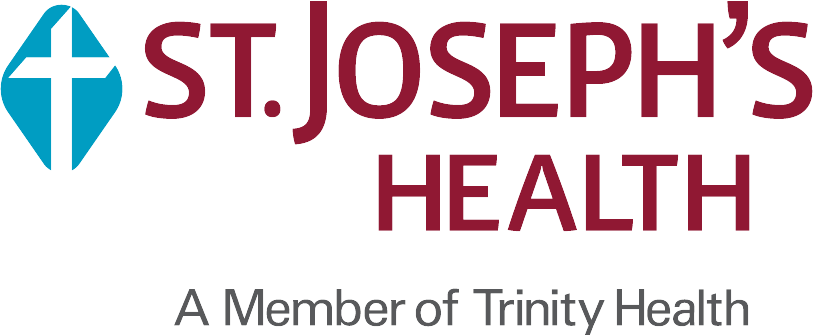Exercise Caution and Prevent Snow Shovel Injuries
January 2, 2025
As winter weather arrives, it’s important to clear driveways and sidewalks of snow. While shoveling can help you stay active, it’s essential to understand the potential physical strain it can put on your body. At St. Joseph’s Health, we notice an annual increase in hospital visits related to winter injuries, which can include heart attacks and musculoskeletal injuries.
Heart Health Risks
Shoveling snow is a physically demanding activity, especially when dealing with heavy, wet snow. The sudden exertion can raise your heart rate and blood pressure, increasing the risk of chest pain, heart attack or other cardiac issues—particularly for those with pre-existing heart conditions or those who are not regularly active. It’s important to take breaks, stay hydrated and pace yourself.
Preventing Sprains and Strains
Using improper techniques can lead to sprains and strains in the back, shoulders or hips. Avoid bending at the waist; instead, bend your knees and lift with your legs. Keep the shovel close to your body to reduce strain on your spine and avoid twisting motions by turning your feet. Consider using an ergonomic snow shovel to help minimize stress on your joints.
Slip and Fall Hazards
Ice can be hidden beneath the snow, creating a risk of slips and falls, which may lead to fractures or head injuries. Wear shoes with good traction, spread salt or sand to reduce ice, and clear snow in layers during heavy snowfall to avoid overexertion.
Know the Warning Signs
Stop shoveling immediately if you experience chest pain, shortness of breath, dizziness or any unusual discomfort. These may be signs of a heart attack. Don’t hesitate—call 911 and seek care at St. Joseph’s Health Hospital Emergency Department.
Tips for Safe Shoveling
- Warm up your muscles with light stretching or a quick walk before starting.
- Dress in layers to stay warm, but avoid overheating.
- Shovel smaller amounts of snow at a time instead of overloading your shovel.
- Take breaks every 15-20 minutes, especially during heavy snowfall.
At St. Joseph’s Health, your safety is our top priority. By taking these precautions, you can reduce your risk of injury and enjoy a safe, healthy winter season. Should an emergency arise, our team is ready to provide the care you need. Stay mindful, stay safe and stay warm.
Urgent Care or Emergency Department? When you’re sick or injured, knowing where to go for care is essential. Understanding the difference between urgent care and the emergency department can help you get the right treatment quickly and ensure that emergency resources are available for those who need them most. Learn more here.
